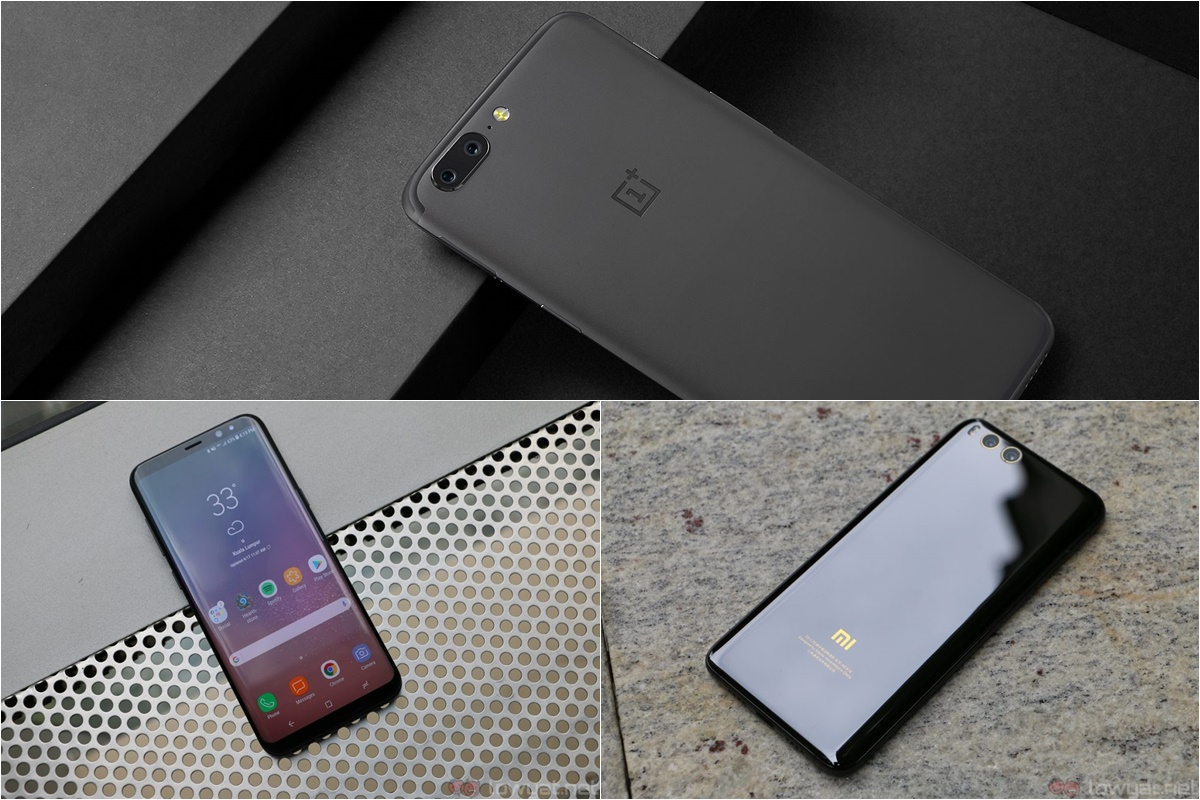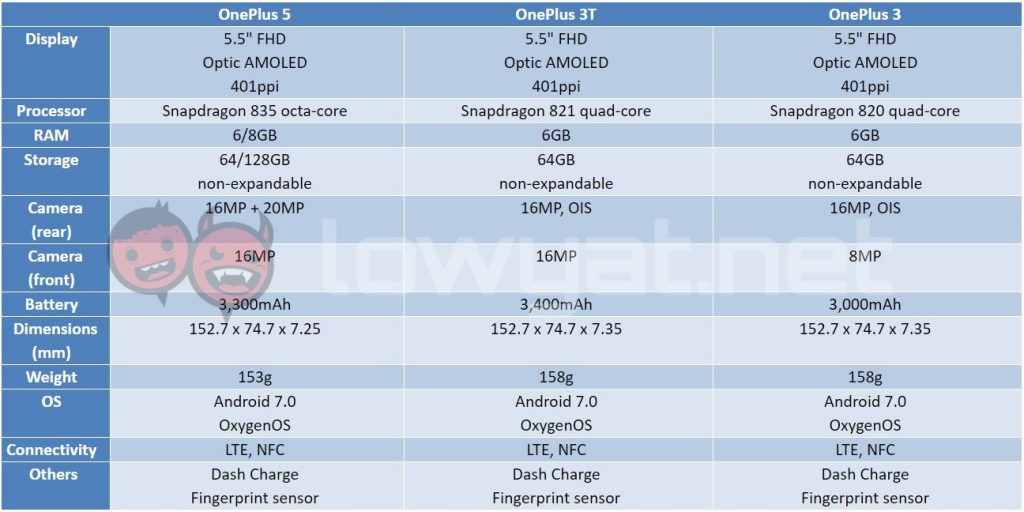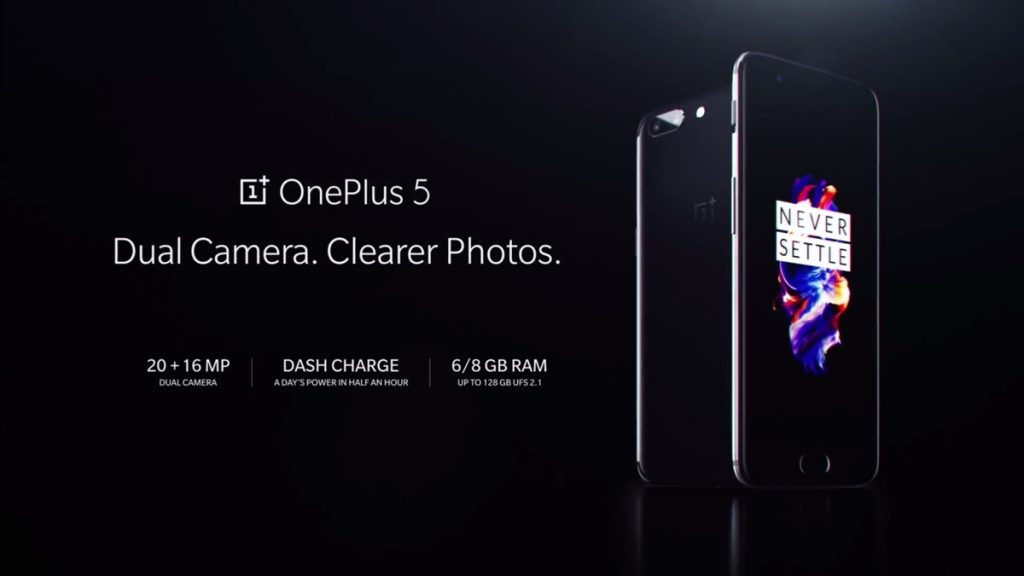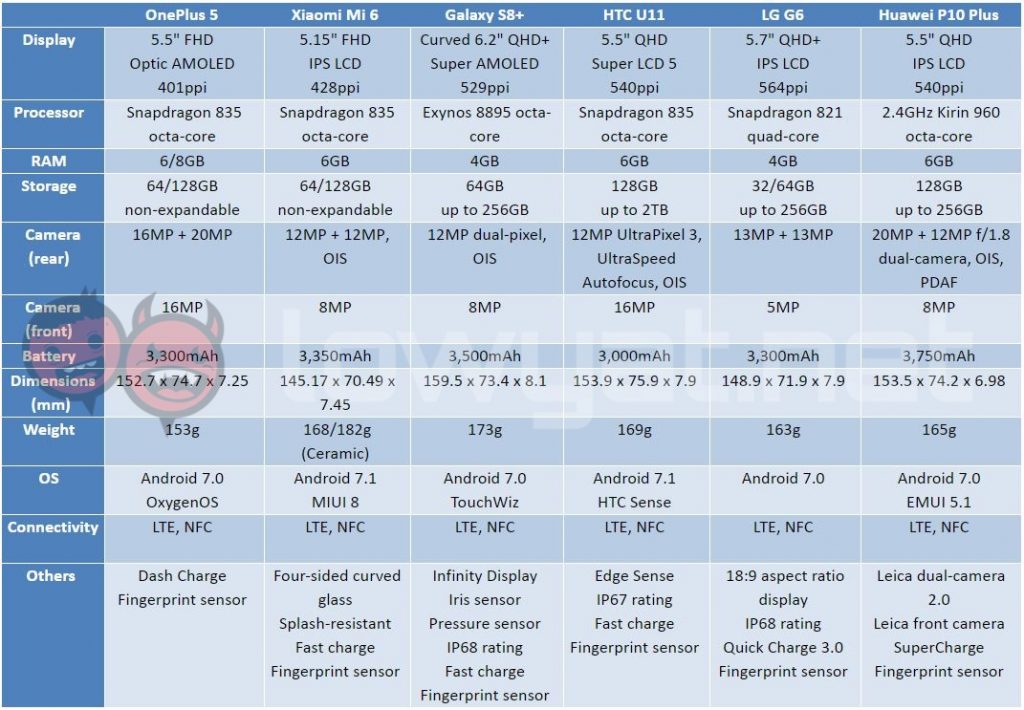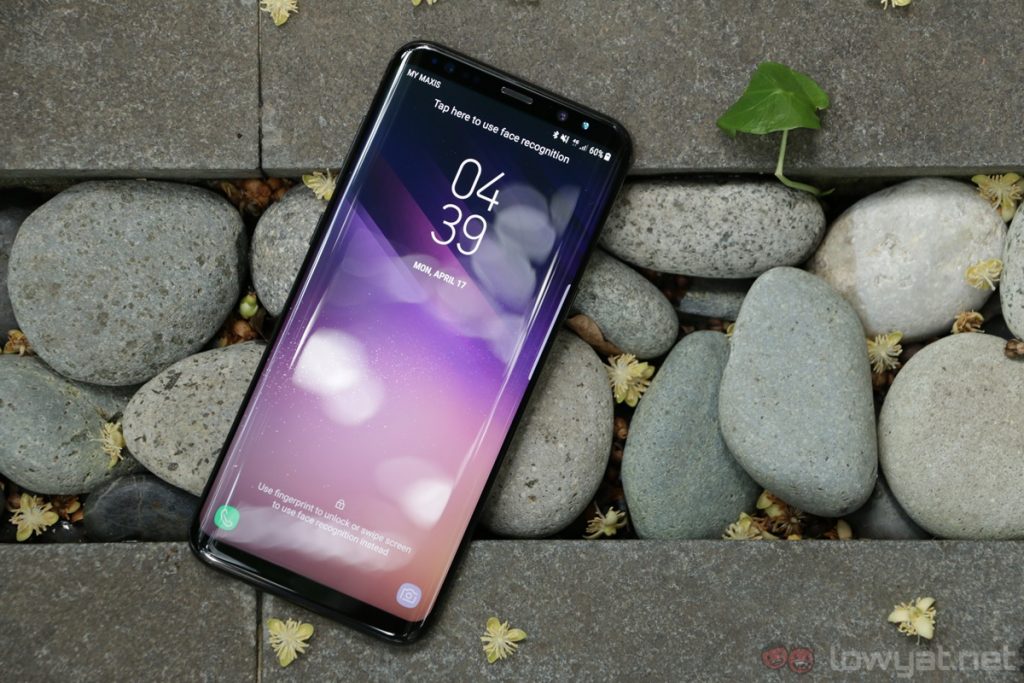OnePlus devices have consistently delivered good value for money, but with the OnePlus 5, things are not quite as simple anymore. Not only is it the Chinese company’s most costly smartphone yet, the OnePlus 5 is inching closer to the price territory of other highly capable flagship smartphones. Well, let’s see just how the OnePlus’ 2017 flagship compare to these very devices in our updated spec sheet.
In comparison to its predecessors, the OnePlus 5 almost seem like an incremental upgrade. It still has the same 5.5-inch 1080p Optic AMOLED display, a slightly smaller battery than the OnePlus 3T – still with Dash Charge support, thankfully – and even a similar 16MP front-facing camera.
On the flip side, the OnePlus 5 does come with hardware befitting of a 2017 flagship smartphone. It ships with Qualcomm’s top-of-the-line Snapdragon 835 chipset, a whopping 8GB of RAM, and 128GB of fast UFS 2.1 storage. Unfortunately, it doesn’t support any form of expandable storage; much like its predecessors.
But the biggest upgrade the OnePlus 5 received is a new dual-camera setup. Its main 16MP f/1.7 shooter is paired with a 20MP f/2.6 lens with a longer focal length, which effectively enables optical zoom and interesting shooting options like Portrait Mode. Basically, it’s a lot like the iPhone 7 Plus‘ dual-camera system, but without the benefits of optical image stabilisation. That’s right: the OnePlus 5 only comes with electronic image stabilisation.
As far as specifications go, the OnePlus 5 certainly looks impressive against other flagship smartphones. It’s one of the few Android smartphones with a whopping 8GB of RAM, Dash Charge is one of the fastest rapid charging technologies we’ve seen, and OxygenOS is arguably one of the cleanest versions of Android on a non-Pixel smartphone.
Of course, some aspects of the OnePlus 5 isn’t quite as impressive. Its display, for one, is only a 1080p panel. Design isn’t one of the OnePlus 5’s strong points either: not only is it very iterative of the iPhone 7 Plus’ design, it’s just not as sleek-looking as the LG G6 or the Samsung Galaxy S8 devices.
But what the OnePlus 5 lacks in these areas are perhaps made up by its asking price. Although it’s not quite as affordable as its predecessors, the OnePlus 5 still offers decent value for money: the 64GB variant with 6GB of RAM retails at $479 (about RM2,055), while the 128GB model with 8GB of RAM goes for $539 (approximately RM2,310).
Now, while it remains to be seen just how much the OnePlus 5 will go for once – or if – it arrives in Malaysia, it’s almost a certainty the device will cost almost as much as, say, the RM2,599 LG G6. In fact, it may even approach the HTC U11‘s RM3,099 asking price, and we doubt the OnePlus 5 can rival the Xiaomi Mi 6 in terms of sheer value for money.
And that is the OnePlus 5’s main challenge to overcome. Now that value for money isn’t the OnePlus 5’s forte anymore, OnePlus has to deliver a very, very good flagship smartphone. The company is confident that the OnePlus 5’s dual-camera system is its best camera yet, so it’ll be interesting to see if this is truly the case. It may justify the device’s higher price tag.
Follow us on Instagram, Facebook, Twitter or Telegram for more updates and breaking news.


